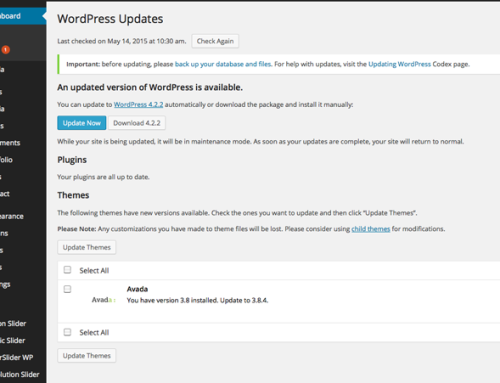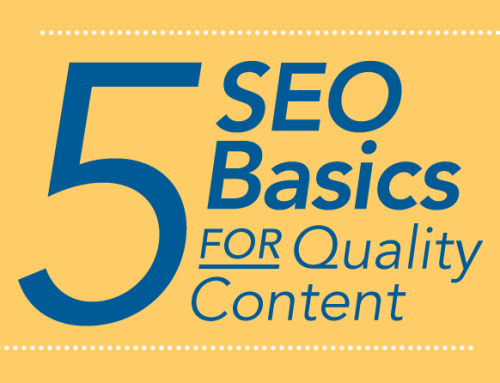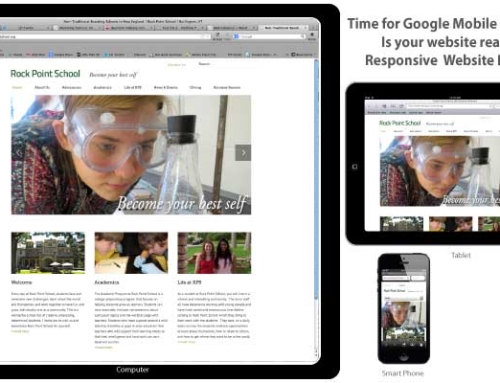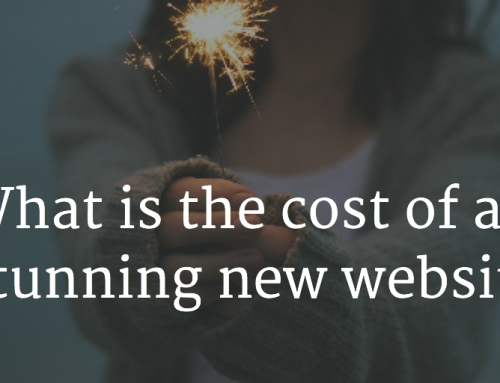I’m surprised by how my list of website design bad practices is growing. As website analytics become more and more sophisticated, I thought marketers and publishers would drop practices that drive bleeding bounce rates, but offending websites are surprisingly common. Jakob Nielsen’s usability testers may quibble, but here’s my list of bounce-away website practices for anyone driven to find, read and share good content quickly.

Ten website design bad practices that drive me away
These are my top ten peeves as an information seeker. (As a shopper I have a few more I’ll save for a future post.) If you have a candidate for website design bad practices that I’ve overlooked, please add your own reasons for bailing out early in the comments section below.
# 1
Slow loading time
I’m in a hurry. I’ll give you a few seconds the first time (after all, the problem might be something happening elsewhere on the interwebs). But there really is no need to try the ever-decreasing patience of website visitors with stunning images or a design that have not been optimized to load quickly.
#2
Auto-play, auto-sound, or auto-download
You have no idea where I am, who I’m with, how I accessed the Internet, or which device I’ll be using when I arrive at your site. I want to quickly scan whatever page I landed on and decide if now is the best time or place to go deeper.
#3
Pop-ups
I have never been to your website before so why would I sign up for your newsletter within seconds of arriving? If the pop-up doesn’t automatically close or have a large, functioning close X, I will not be back. (I know many bloggers swear by these as an effective way to grow your email list. I can only hypothesize that those who sign up with so little thought are just as quick to leave. If I like what I see, I’m likely to bookmark, read later, share, return, subscribe and evangelize for you. Your pick.)
#4
Forced social logins
If “Log in via Facebook” is my only option, then I’m out of here. If it’s a Twitter-related or Google-related app, I may occasionally consider a dual log in, but seriously, there’s no excuse for omitting a “subscribe by email” option.
#5
Password mysteries
Please tell me before I try the first time that you require 15 non-repeating case-sensitive characters, three of which must be numbers and five punctuation marks, except for an exclamation point!
#6
Forced pagination
If I arrive at your site and find brief text for a multi-page article, or a top-ten list in a slider, without an option to “view/print as single page,” I am not going to stick around. Why frustrate myself if I want to save or share the article with others? I will gladly pay to subscribe to quality content and in return I expect you to make it easy for me to do whatever I want from there. (Copyright violation excluded, of course.) The New York Times earns my loyalty by understanding this.
#7
Hypersensitive ads
Granted I am not the most coordinated of mousers and keyboarders, but if every time I go anywhere near your white space it triggers an advertisement that takes me from your site, I’m not going to bother returning. Those squiggly lines indicating ads within the text of your articles are even worse. I expect squiggly underlines to indicate value-added information, as in a glossary definition or additional information sources.
#8
Typos and poor grammar
Not much to explain here. I value good writing. No one is perfect and an occasional (and obvious) typo won’t drive me away forever, but I will judge the quality of whatever you offer as not worth my time and money if it is rife with typos and poor grammar.
#9
Missing essentials
I expect to find an About page, Contact page and a Google-quality search function on every website. Much of my Internet time is quite practical: I want to find out more about a company, or I want to contact you, or I’m searching for specific information. Frustrate me here and I won’t bother to come back.
#10
Reader unfriendly
This peeve includes the all-too-prevalent small font size and tight leading between the lines, as well as poor contrast. If I’m having trouble distinguishing the navigation from the background using a large high-resolution monitor, then I figure you don’t really want me to read what you’ve published.
———— Photo: 56/365 balls by stromnessdundee, on Flickr







Make sure your text and background has the proper contrast. There’s evidence showing that white text on a black background is easiest for most people to read, but other colors are fine so long as they’re readable. Also keep in mind that people with visual impairments may not be able to read your site if the contrast is poor.